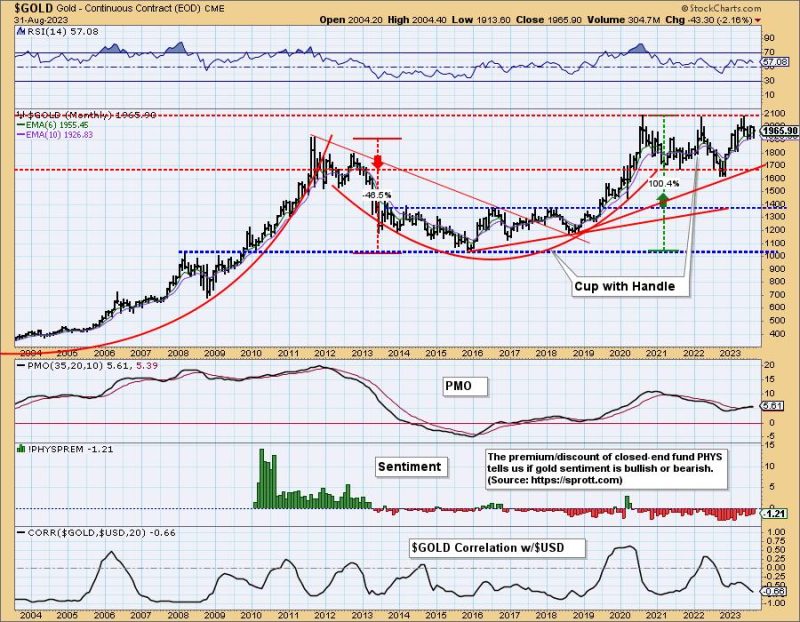With the Federal Government piling on debt at a record rate, many investors are looking to gold as a way to protect against all the bad things that could happen as a result of the reckless spending. Part of the process would be deciding how much of a portfolio should be invested in gold. The general consensus seems to be that five to ten percent of assets is a good target, but some investors may be more concerned about the collapse of the dollar and other potential disasters, and they might want to put a much higher percentage into gold. Before doing that they should consider that gold may not be completely safe either.
Back in 1933, when the Great Depression was well underway, President Roosevelt signed the Gold Confiscation Act, an executive order that made it illegal to own gold. It required all persons to deliver their gold to the Federal Reserve in exchange for $20.67 an ounce, which was significantly lower than market value. It was meant to take the U.S. Dollar off the gold standard, to stop hoarding, and to prevent contracts from requiring payment in gold. (The Order was repealed in 1974.) A year later Congress passed the Gold Reserve Act of 1934, removing any doubt as to the viability of the executive order.
Could something similar happen today or in the future? In my opinion, we can’t rule it out. That is not to say that I think it will happen, but let’s face it, an executive order only requires the signature of one person.
A significant difference between 1933 and now is that in 1933 we were on the gold standard, today we’re not. Also, we’re not in crisis, yet.
Conclusion: In commercials for gold it is usually pitched as bulletproof protection against a myriad of potential disasters, but we’re talking about the future, and the future cannot be known. One thing that happens is that they change the rules. A good example is that bond holders are supposed to be paid first in bankruptcies, but in the Financial Crisis GM bond holders were left out in the cold. And then there’s FDR. Consider this when deciding how much gold you should own.
_____________
Before departing, let’s look quickly at a monthly chart of gold. Since the 2011 price top, gold has been in a high-level consolidation. It began with a dip of nearly -50%, and it returned to the top of the range in 2020. Since then it has continued to consolidate and in a much narrower range. We can also interpret the prior 12 years as a bullish cup with handle. We think that the handle was completed at the 2022 low, and that the next move will be a breakout to new all-time highs. We shall see.
Learn more about DecisionPoint.com:
Watch the latest episode of DecisionPoint on StockCharts TV’s YouTube channel here!
Try us out for two weeks with a trial subscription!
Use coupon code: DPTRIAL2 at checkout!
Technical Analysis is a windsock, not a crystal ball. –Carl Swenlin
(c) Copyright 2023 DecisionPoint.com
Helpful DecisionPoint Links:
DecisionPoint Alert Chart List
DecisionPoint Golden Cross/Silver Cross Index Chart List
DecisionPoint Sector Chart List
Price Momentum Oscillator (PMO)
Swenlin Trading Oscillators (STO-B and STO-V)
DecisionPoint is not a registered investment advisor. Investment and trading decisions are solely your responsibility. DecisionPoint newsletters, blogs or website materials should NOT be interpreted as a recommendation or solicitation to buy or sell any security or to take any specific action. ould

